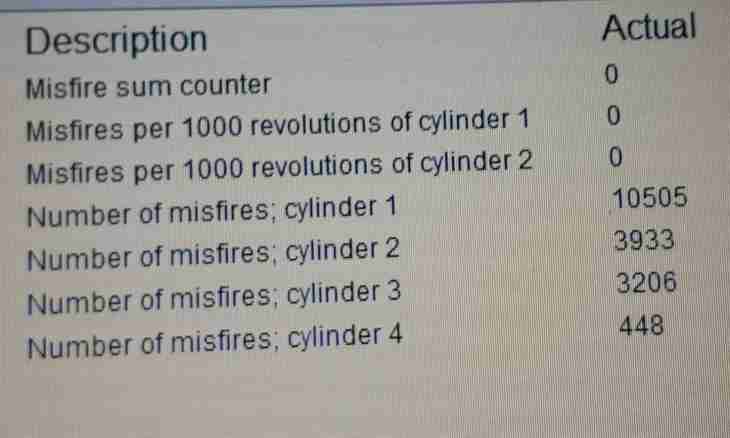Most often a cylinder call the volume geometrical figure having two parallel reasons in the form of a circle and a side surface which connects perimeters of the bases. If not to take into account special cases (infinite, open, truncated, etc. types of cylinders), then for determination of total area of a surface of this figure it is necessary to calculate and summarize the areas of both bases and a side surface.
Instruction
1. Determine the areas of two identical bases of a cylinder. There are two formulas connected among themselves, one of which expresses this parameter through radius, and another - through diameter (D). As practically to measure diameter more simply, involve a formula with its participation - square this value and find one quarter of the work of the received result on Pi's number: ¼*π*D². As this number is irrational, that is having infinite number of signs after a decimal comma, you should round it, proceeding from the necessary accuracy of calculations. Usually there are enough three signs (3.142), and more exact value can be specified, for example, on this page - http://math.com/tables/constants/pi.htm.
2. Express the area of a side surface of a figure through diameter of the basis of a cylinder. Its development will represent a rectangle, one of the parties of which is equal to basis perimeter, and another - height of a cylinder (h). Length of a circle of the basis is equal to the work of diameter on Pi's number, and for calculation of the area increase this value by height: π*D*h.
3. Summarize the received expressions for the bases and a side surface to receive a formula of finding of surface area of a cylinder: S = ¼*π*D² + ¼*π*D² + π*D*h = ½*π*D² + π*D*h = π*D * (½*D + h). For example, if height of this figure is 35 cm, and diameter of the basis is equal to 15 cm, then the total area of its surface to within two signs after a comma will be approximately equal 3.142*15 * (1/2*15 + 35) = 3.142*15*42.5 ≈ 2003.03 cm².
4. If in the basis of a cylinder not the circle, but an ellipse lies, then the area of the basis can be calculated, having found the work it bigger ® and smaller ® half shafts on Pi's number: R*r*π. For definition approximate (without use of integrals) lengths of perimeter of the basis add the squared difference between lengths of bigger and smaller half shafts to the received value, divide result into the sum of the same lengths and increase four times: 4 * (R*r*π + (R-r)²) / (R+r). So you receive one of the parties of a rectangle of development of side of an elliptic cylinder, and having increased it by height of a figure (h), receive the area of a side surface: 4 * (R*r*π + (R-r)²) / (R+r) of *h. Reduce expressions of the areas of the bases and a side surface in one formula: S = R*r*π + R*r*π + 4 * (R*r*π + (R-r)²) / (R+r) of *h = 2*R*r*π + 4 * (R*r*π + (R-r)²) / (R+r) of *h.

